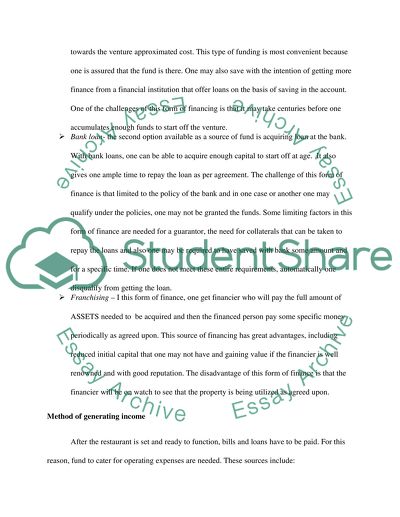Cite this document
(“Investigation of Restaurant Finance Essay Example | Topics and Well Written Essays - 4500 words”, n.d.)
Retrieved from https://studentshare.org/finance-accounting/1687813-investigation-of-restaurant-finance
Retrieved from https://studentshare.org/finance-accounting/1687813-investigation-of-restaurant-finance
(Investigation of Restaurant Finance Essay Example | Topics and Well Written Essays - 4500 Words)
https://studentshare.org/finance-accounting/1687813-investigation-of-restaurant-finance.
https://studentshare.org/finance-accounting/1687813-investigation-of-restaurant-finance.
“Investigation of Restaurant Finance Essay Example | Topics and Well Written Essays - 4500 Words”, n.d. https://studentshare.org/finance-accounting/1687813-investigation-of-restaurant-finance.


